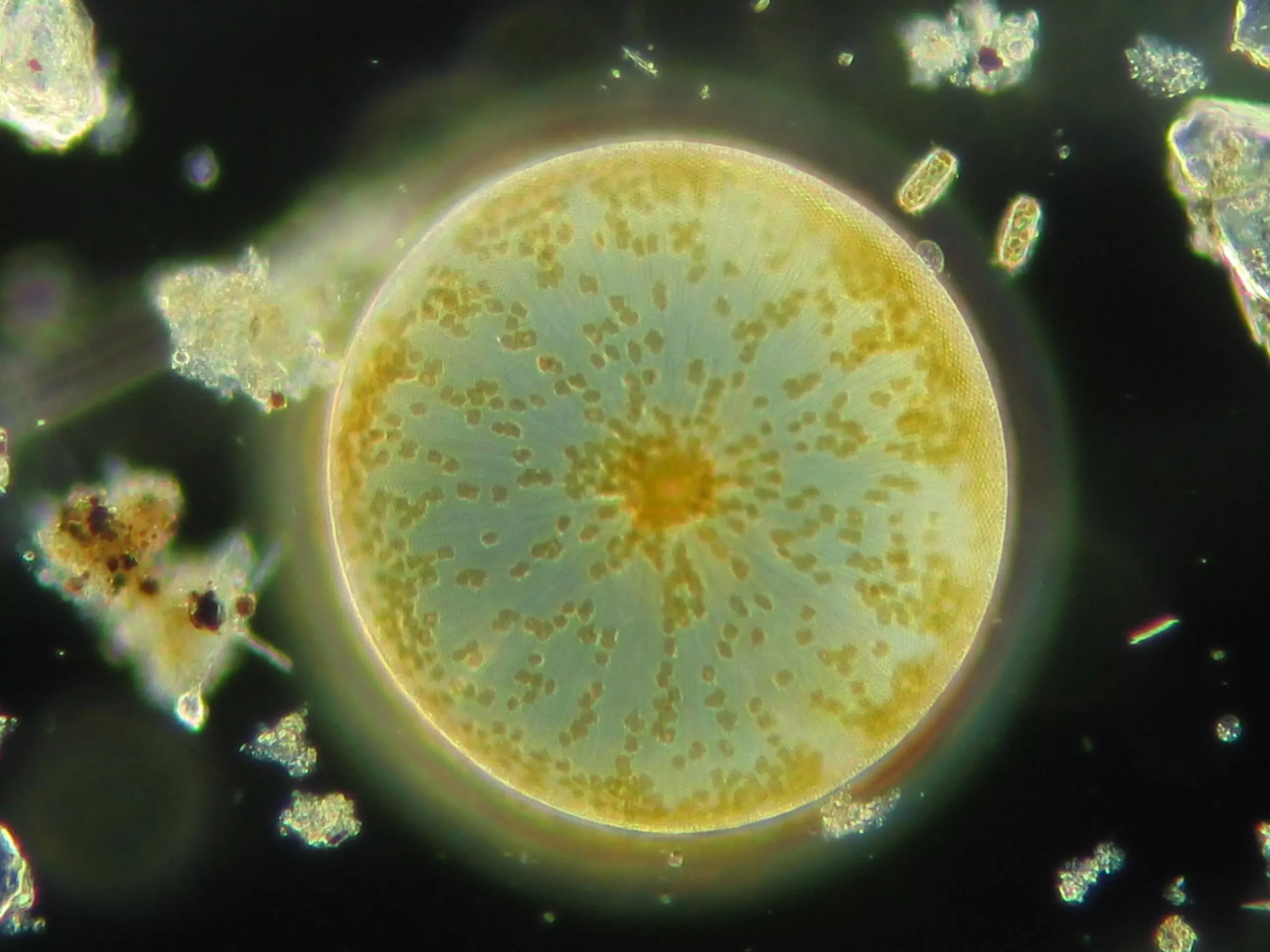Phytoplankton, those tiny photosynthetic organisms found in the ocean, are not to be underestimated when it comes to their role in the global carbon cycle and their influence on Earth’s climate. A recent study sheds light on how variations in the physiology of phytoplankton, particularly in terms of nutrient uptake, can impact the chemical composition of the ocean and even the atmosphere. This indicates that changes in marine phytoplankton physiology have the potential to affect global climate.
Phytoplankton play a central role in the global carbon cycle by engaging in photosynthesis and capturing carbon (C), which they then transport to the deep ocean. However, the growth of phytoplankton is not solely dependent on carbon. Nitrogen (N) and phosphorus (P) are also essential for their cellular functioning. The relative proportions of different elements such as C, N, and P in phytoplankton, known as phytoplankton stoichiometry, define how these organisms function.
The relationship between phytoplankton stoichiometry and climate is integral to the functioning of the oceanic carbon pump, nutrient cycling, food web dynamics, and responses to climate-related factors like atmospheric carbon dioxide (CO2) concentration and temperature. In the 1930s, American oceanographer Alfred C. Redfield made a significant discovery in this field. He found that the concentrations of C, N, and P in marine phytoplankton roughly followed a fixed ratio of approximately 106:16:1, which is now known as the Redfield ratio.
Interestingly, Redfield’s research also revealed something unexpected. The concentration of nitrate, a primary nitrogen nutrient source, was, on average, 16 times higher than the concentration of phosphate, a primary phosphorus nutrient source, in the seawater samples he collected. The nitrogen-to-phosphorus (N:P) ratios in both phytoplankton and seawater were remarkably similar, indicating a strong connection between the particulate (phytoplankton) and dissolved (seawater) nutrient pools.
The marine science community has long puzzled over whether the N:P ratio of the dissolved nutrient pool controls the ratio in the particulate material or vice versa. Dr. Chia-Te Chien, a researcher in the Biogeochemical Modeling Research Unit at the GEOMAR Helmholtz Center for Ocean Research in Kiel, delves into this question by investigating the role of variable stoichiometry of phytoplankton in marine biogeochemistry. Together with his colleagues, Dr. Chien conducted a modeling study to examine the relationship between nitrogen and phosphorus ratios in dissolved inorganic and particulate organic matter in seawater.
In their study, published in the journal Science Advances, the researchers utilized a computer model of algal physiology coupled with an Earth system model. This allowed them to observe how phytoplankton dynamically optimized their C:N:P ratios in response to varying environmental conditions. By altering the characteristics of phytoplankton in the model, the researchers could study how this affected nitrogen and phosphorus ratios in the water.
The study involved 400 simulations, each with different minimal nitrogen and phosphorus contents required by algae to survive. The results revealed intricate feedback mechanisms involving changes in the nitrogen and phosphorus content of phytoplankton, oceanic oxygen levels, nitrogen fixation, and denitrification. These model results challenge the commonly hypothesized strong link between phytoplankton and seawater nutrient ratios and suggest that the similarities observed today are not inherently fixed but rather a specific state that might change over time.
Traditionally, stoichiometric variations of phytoplankton and within the marine ecosystem were considered to have a relatively minor impact on marine biogeochemistry and atmospheric CO2 levels. However, this perspective might need reevaluation, as this study suggests that the subsistence nitrogen and phosphorus quotas of phytoplankton can have a substantial influence on atmospheric CO2 levels on geological time scales.
The authors emphasize the significance of their findings, stating that “the concentration of atmospheric CO2 as well as the ocean and air temperature are remarkably sensitive to variations in elemental stoichiometry induced by changes in phytoplankton physiology.” Understanding these connections could provide scientists with more accurate predictions regarding the future evolution of Earth’s ecosystems and climate.
Phytoplankton’s physiology and nutrient uptake have far-reaching consequences for the composition of the ocean and the atmosphere and, consequently, Earth’s climate. It is clear that these tiny organisms play a much larger role in shaping our planet than previously thought. Further study and research in this field will undoubtedly provide valuable insights into the intricate relationship between phytoplankton, the global carbon cycle, and climate dynamics.


Leave a Reply